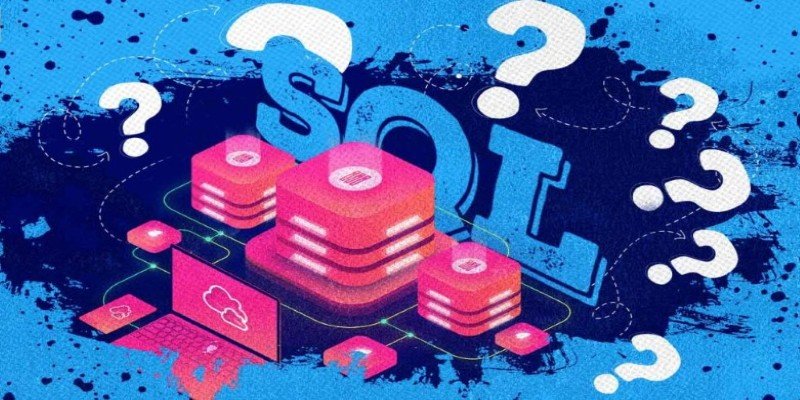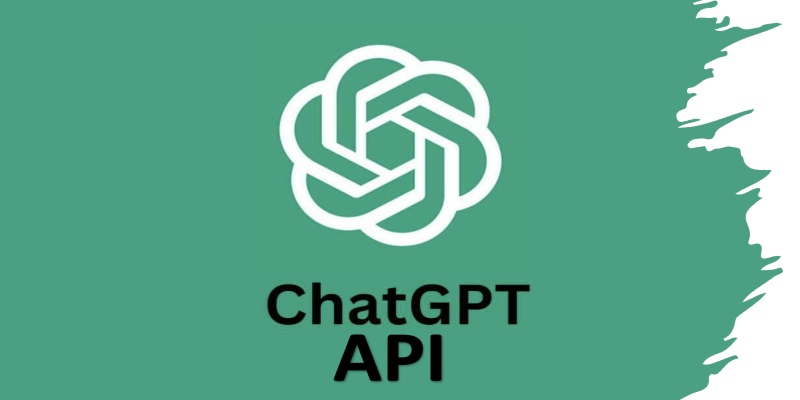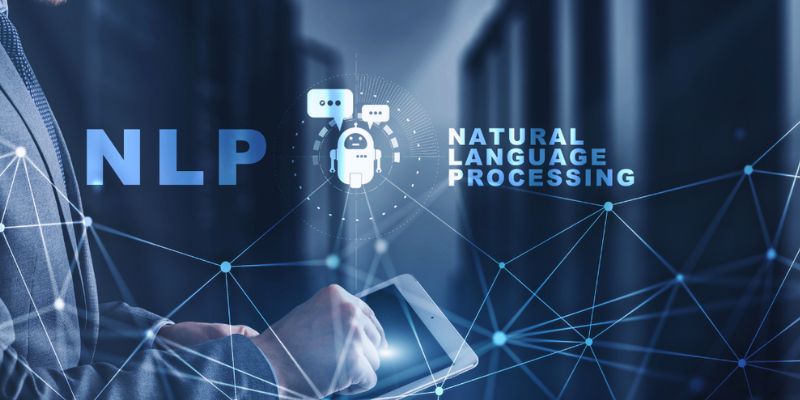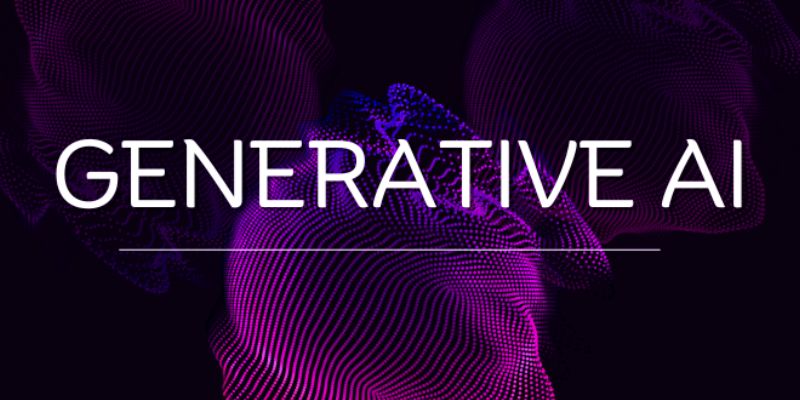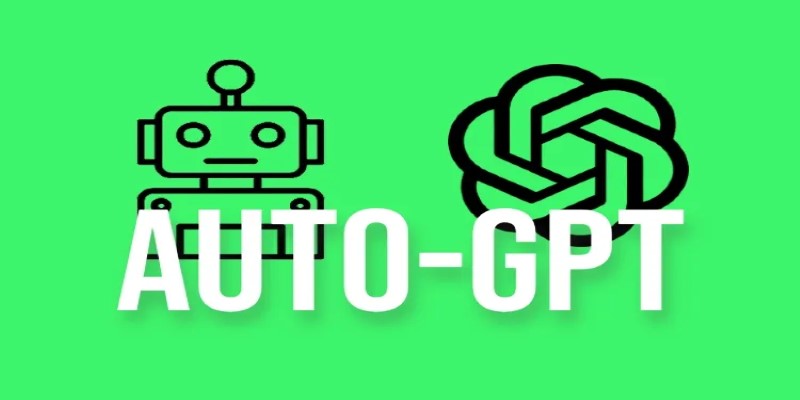When working with RAG pipelines, it's easy to get caught up in improving model responses without having a clear way to measure how well things are working. You might fine-tune a retriever, adjust the prompts, or change your data formatting, but how do you actually know if it’s getting better? That’s where RAGAS comes in. RAGAS stands for Retrieval-Augmented Generation Assessment Suite, and it’s built to help you evaluate RAG systems properly—without guessing or relying solely on human judgment.
Let’s break it down from the start. Whether you’re building a search-based chatbot, document assistant, or any application that relies on pulling data and generating text from it, RAGAS gives you the tools to understand what's going right, what’s off, and how to fix it.
What RAGAS Measures in a RAG Pipeline
RAGAS evaluates a RAG pipeline in three parts: the question, the retrieved context, and the final generated answer. Think of it like looking at a relay race: did the baton get passed properly, and did the last runner cross the finish line cleanly?
Context Precision
This tells you if the retriever brought back the right documents or snippets to answer the query. A high score here means the context is relevant. If your retriever brings back unrelated or only partially useful info, this score will drop.
Faithfulness
This checks whether the generated answer sticks to the retrieved context. If your model makes things up, adds extra assumptions, or says something not grounded in the retrieved data, you’ll see it reflected in a lower faithfulness score.
Answer Relevance
This one is about usefulness. It looks at whether the answer directly addresses the question being asked. So, even if your context is solid and your answer is faithful if the final output doesn't clearly respond to the original query, this will pull your score down.
RAGAS combines these into an overall performance metric, but you can look at them separately to diagnose issues at each step.
How to Set Up Your Data for RAGAS
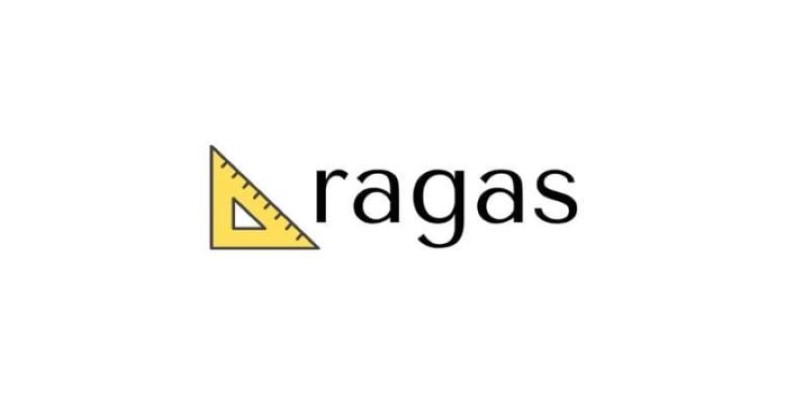
Before you can evaluate anything, your data has to be structured in a certain way. Here’s what you need:
Question: The original user query.
Contexts: A list of text chunks returned by the retriever.
Ground Truth Answer (optional but helpful): What do you consider the correct answer?
Generated Answer: What did your model return for the query?
This format lets RAGAS run its checks in a structured and reliable way. If you’re missing a ground truth answer, some metrics might not be available, but you can still get good insights from the rest.
If you're working with a custom dataset, this might mean writing a small script to extract or reformat these fields. Once you’ve got your data in shape, you’re ready to move forward.
Running RAGAS: Step-by-Step
Here's how to evaluate your RAG pipeline using RAGAS. This assumes you've already got a working pipeline, and you want to see how it's doing.
To get started, make sure you have the library installed. You’ll also need a few other packages like pandas and datasets, plus access to a model backend (often through Hugging Face Transformers).
bash
CopyEdit
pip install ragas
If you plan to use certain metrics, you may also need to set up API keys or models for things like sentence similarity or summarization scoring.
The next step is to prepare your dataset. Your dataset should be in a format that includes questions, contexts, and the generated answer. If you're working with a pandas DataFrame, it should have these as columns.
python
CopyEdit
import pandas as pd
data = pd.DataFrame({
"question": [...],
"contexts": [[...], [...], ...],
"answer": [...],
"ground_truth": [...] # Optional
})
RAGAS works smoothly with Hugging Face’s Dataset format, so the next step is to convert:
python
CopyEdit
from datasets import Dataset
dataset = Dataset.from_pandas(data)
Now, it's time to pick what you want to measure. RAGAS provides modular metrics, so you can select all or just a few.
python
CopyEdit
from ragas.metrics import context_precision, faithfulness, answer_relevancy
from ragas import evaluate
results = evaluate(
dataset,
metrics=[context_precision, faithfulness, answer_relevancy]
)
Once the evaluation finishes, you’ll get a clear score for each metric. You can then review these scores to understand which parts of your pipeline need attention.
How to Read and Use the Results
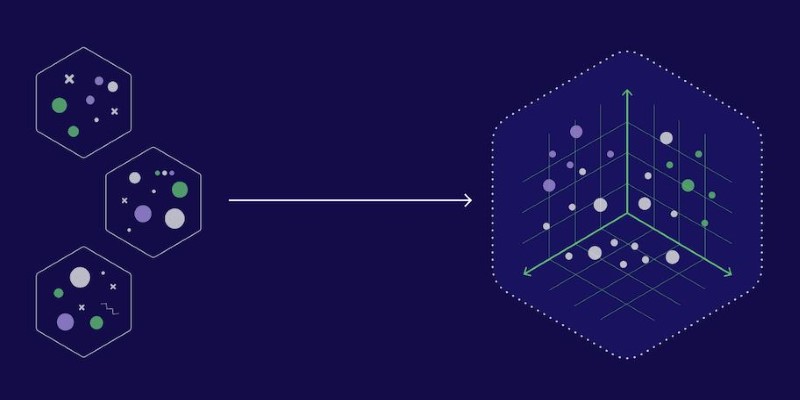
The scores range between 0 and 1, where higher is better. But the real value lies in how you use them.
- If context precision is low, it usually means your retriever isn’t pulling in useful documents. This might be a sign that you need to rethink your embedding model, retriever settings, or even how you chunk your documents.
- If faithfulness is lagging behind, your model might be hallucinating. You could try tweaking prompts, using better grounding techniques, or even adding citation prompts that force the model to refer back to the context.
- A low answer relevance score means your model isn't directly answering the question. Sometimes, this can be fixed with better prompting, or you might need to fine-tune your generation model on more targeted data.
These aren’t just numbers—they help point out what you should actually fix. You don’t need to guess which part of the system is misfiring anymore.
Conclusion
RAG pipelines can feel like a black box when you’re building them. You pass in a question, get an answer, and hope it’s decent. RAGAS gives you a lens to inspect what’s happening inside—from the documents being retrieved to the final sentence being written. Whether you’re new to RAG or already working on something complex, having a clear way to measure performance means you’ll spend less time wondering and more time improving the parts that matter.
By using RAGAS, you can continuously fine-tune your system, ensuring it adapts and delivers the most relevant, faithful, and precise answers over time. With these insights, you'll be able to optimize your RAG pipeline to meet your goals more effectively.


